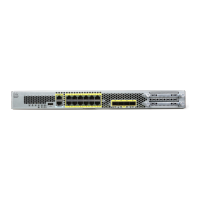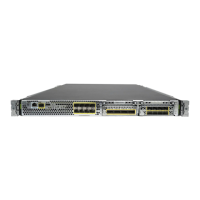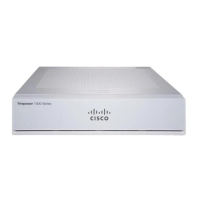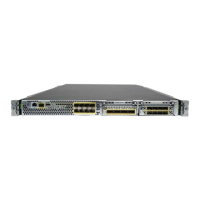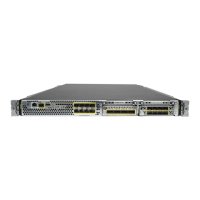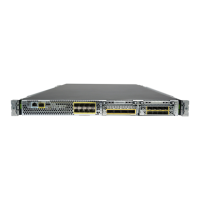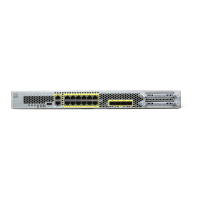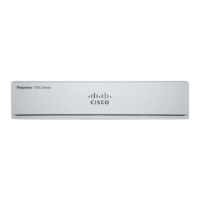Glossary
GL-18
Cisco Security Appliance Command Line Configuration Guide
OL-10088-01
SDP
Session Definition Protocol. An IETF protocol for the definition of Multimedia Services. SDP
messages can be part of SGCP and MGCP messages.
secondary unit
The backup security appliance when two are operating in failover mode.
secret key
A secret key is a key shared only between the sender and receiver. See key, public key.
security context
You can partition a single security appliance into multiple virtual firewalls, known as security
contexts. Each context is an independent firewall, with its own security policy, interfaces, and
administrators. Multiple contexts are similar to having multiple stand-alone firewalls.
security services
See cryptography.
serial transmission
A method of data transmission in which the bits of a data character are transmitted sequentially over
a single channel.
SGCP
Simple Gateway Control Protocol. Controls VoI P gateways by an external call control element (called
a call-agent).
SGSN
Serving GPRS Support Node. The SGSN ensures mobility management, session management and
packet relaying functions.
SHA-1
Secure Hash Algorithm 1. SHA-1 [NIS94c] is a revision to SHA that was published in 1994. SHA is
closely modeled after MD4 and produces a 160-bit digest. Because SHA produces a 160-bit digest, it
is more resistant to brute-force attacks than 128-bit hashes (such as MD5), but it is slower. Secure
Hash Algorithm 1 is a joint creation of the National Institute of Standards and Technology and the
National Security Agency. This algorithm, like other hash algorithms, is used to generate a hash value,
also known as a message digest, that acts like a CRC used in lower-layer protocols to ensure that
message contents are not changed during transmission. SHA-1 is generally considered more secure
than MD5.
SIP
Session Initiation Protocol. Enables call handling sessions, particularly two-party audio conferences,
or “calls.” SIP works with SDP for call signaling. SDP specifies the ports for the media stream. Using
SIP, the security appliance can support any SIP Vo I P gateways and Vo I P proxy servers.
site-to-site VPN
A site-to-site VPN is established between two IPSec peers that connect remote networks into a single
VPN. In this type of VPN, neither IPSec peer is the destination or source of user traffic. Instead, each
IPSec peer provides encryption and authentication services for hosts on the LANs connected to each
IPSec peer. The hosts on each LAN send and receive data through the secure tunnel established by the
pair of IPSec peers.
SKEME
A key exchange protocol that defines how to derive authenticated keying material, with rapid key
refreshment.
SMR
Stub Multicast Routing. SMR allows the security appliance to function as a “stub router.” A stub
router is a device that acts as an IGMP proxy agent. IGMP is used to dynamically register specific
hosts in a multicast group on a particular LAN with a multicast router. Multicast routers route
multicast data transmissions to hosts that are registered to receive specific multimedia or other
broadcasts. A stub router forwards IGMP messages between hosts and MC routers.
SMTP
Simple Mail Transfer Protocol. SMTP is an Internet protocol that supports email services.
SNMP
Simple Network Management Protocol. A standard method for managing network devices using data
structures called Management Information Bases.

